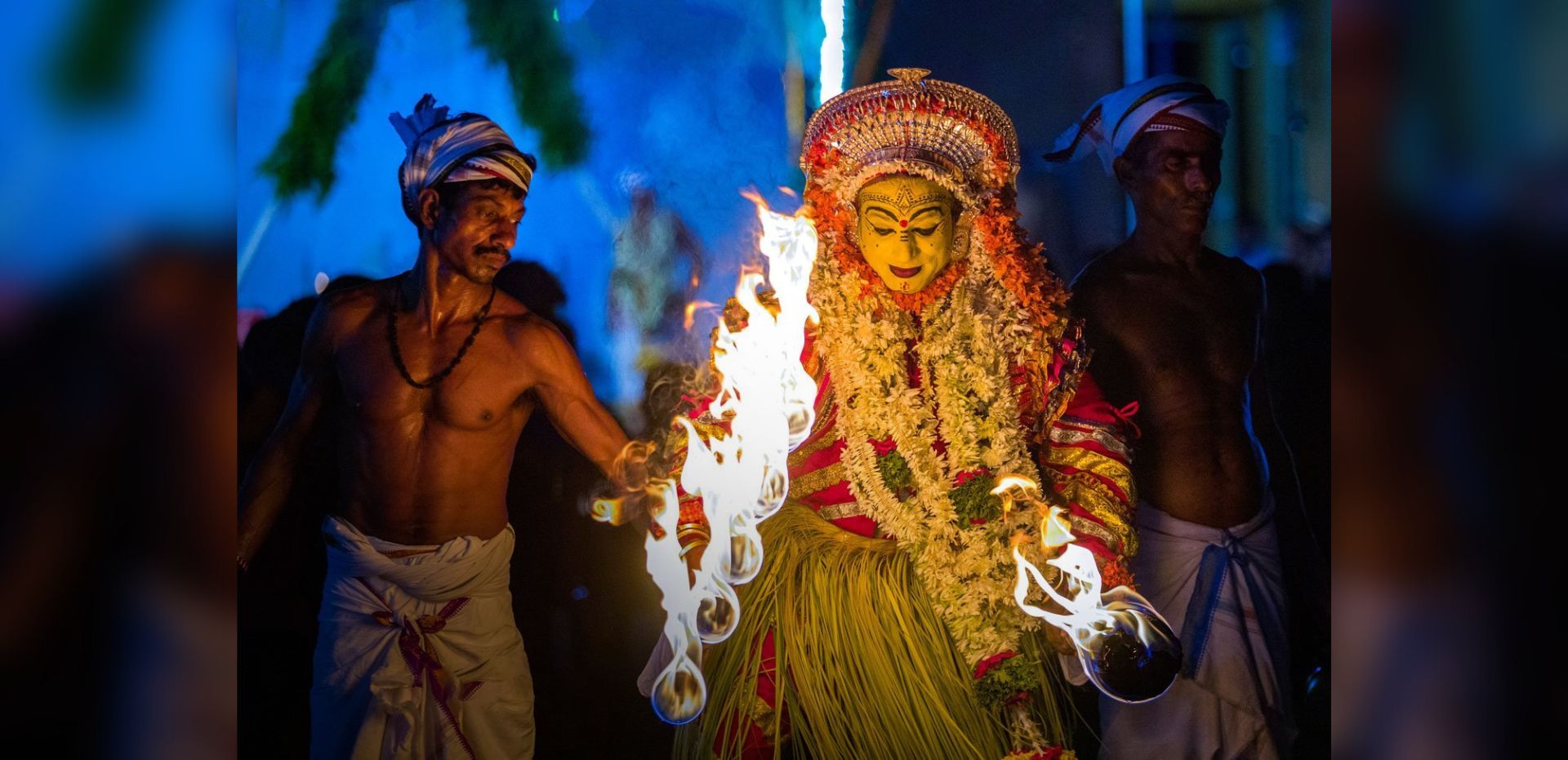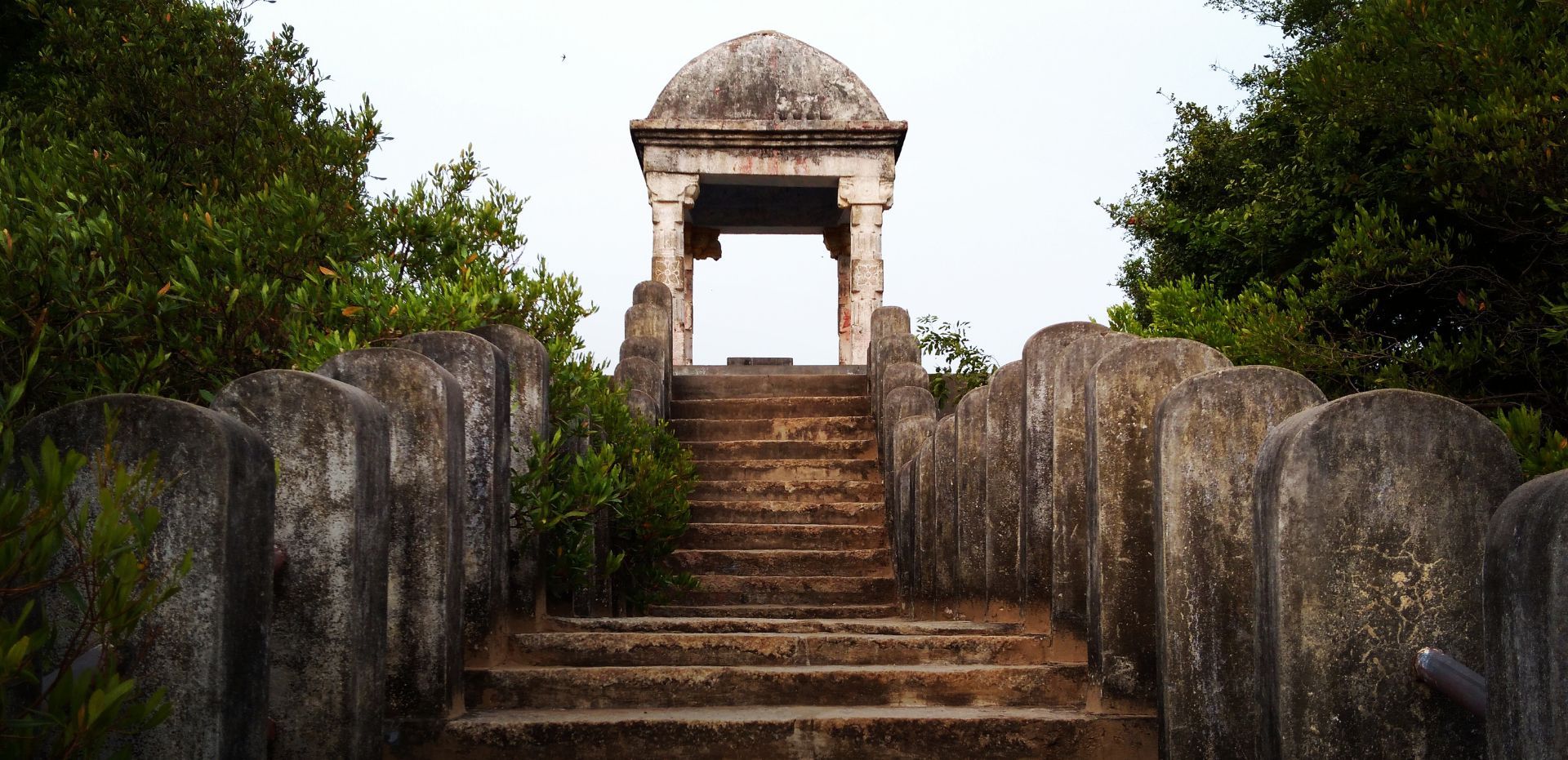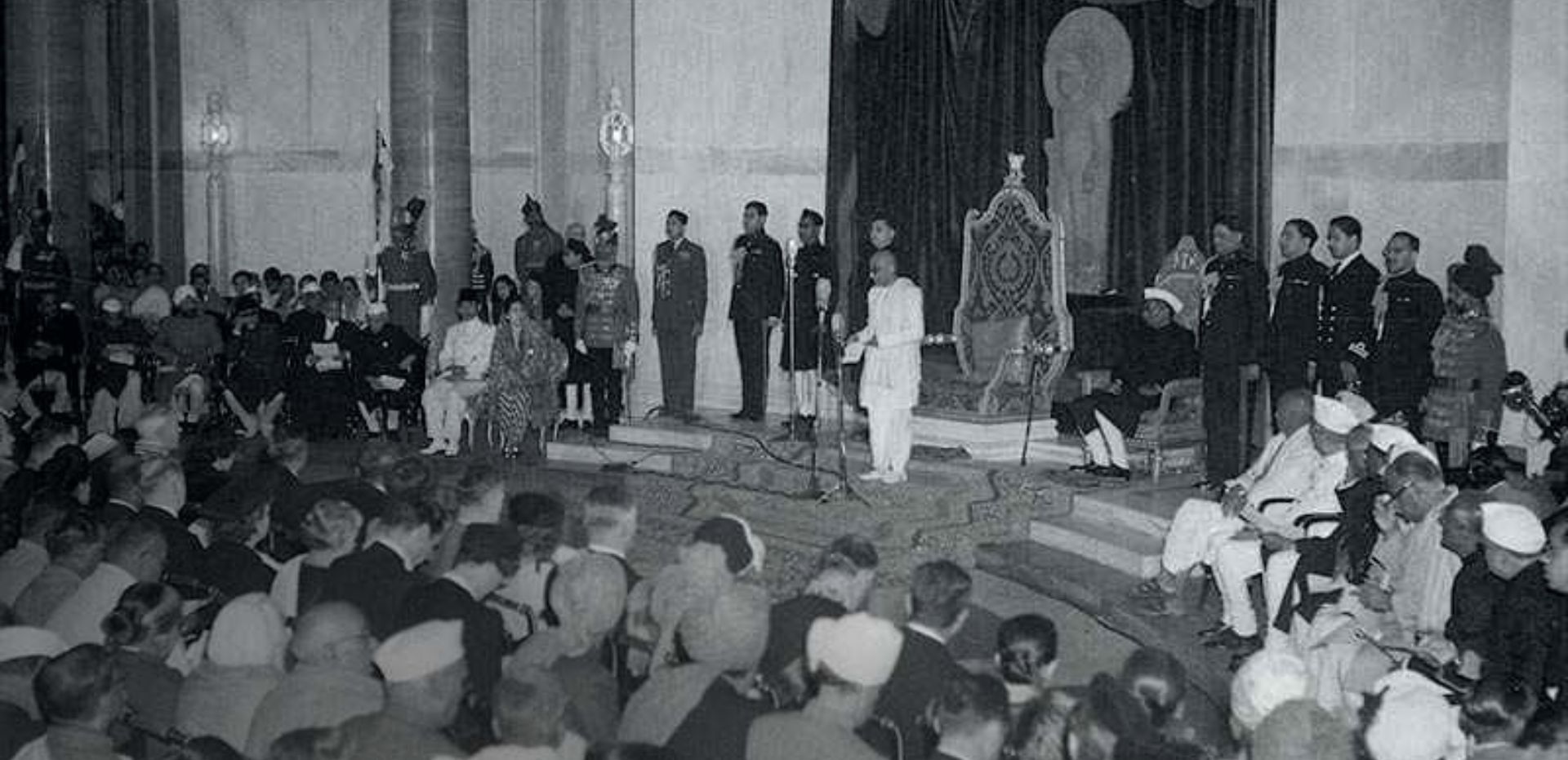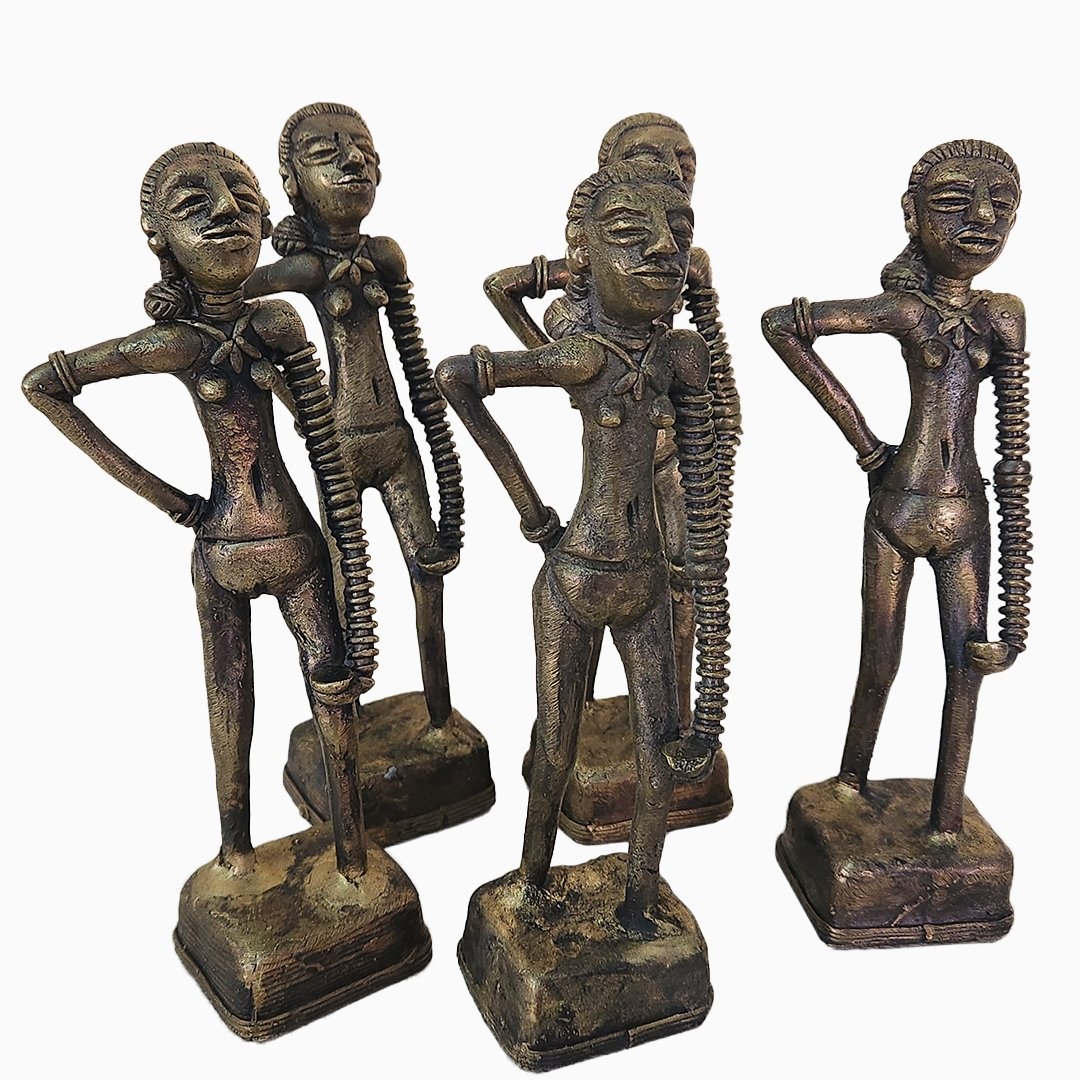Maharaja Ranjit Singh: Pioneering Educator
BOOKMARK
Maharaja Ranjit Singh was one of India’s most powerful kings who united the warring chieftains of Punjab and unified the mighty Sikh empire. Maharaja Ranjit Singh was renowned for his excellent military prowess and administrative skills. He is also known in history for being the master of the Kohinoor diamond and for covering Sri Harmandir Sahib with sheets of gold.
But Maharaja Ranjit Singh’s social reforms have received little attention, especially the progressive steps he took in the area of education. The Maharaja cared deeply for his people and wanted to use education as a means to elevate their quality of life.
It was a seemingly impossible task as the Maharaja had to build an education system from the ground up. Moreover, Maharaja Ranjit Singh himself had received little formal education as he chose the path of a warrior and a leader while still in his teens.
The empire he founded lacked a tradition in learning and education was limited to the royal class and the wealthy. The most prominent among the institutions that catered to these classes was the Mian Wadde da Madrasa, a traditional school attached to the mausoleum of religious leader Mian Wadda in Lahore. Opened centuries before Sikh rule began, it was meant only for the sons of royals, aristocrats and the wealthy, and imparted a Quranic education.
Much of what we know of the Maharaja’s educational reforms comes from the work of British scholar and traveller, Gottlieb Wilhelm Leitner, author of History of Indigenous Education in the Punjab: Since Annexation And In 1882. In his work, Leitner says there was no dearth of money to set up schools and other institutions of learning in Punjab. Leitner writes, “Punjab has this tradition whereby the most unscrupulous chief, the avaricious money-lender, and even the freebooter, vied with the small land-owner in making peace with his conscience by founding schools and rewarding the learned. There is not a mosque, a temple, a dharmsala that had not a school attached to it.”
Funding came even from royal families and the Maharaja’s treasure. These grants were distributed to educational centres affiliated to various faiths across the empire. The Sikh rule was preceded by the centuries of Mughal rule in Punjab when the most famous schools set in the region were madrassas, where students of all faiths attained education. Thus, Ranjit Singh, despite being the Sikh ruler, didn’t change the popular setting, and many of the early schools set up by him were madrassas, which already had been quite a popular form of educational institutions in his reign. Ranjit Singh not only gave those generous donations, he even commissioned a few in Lahore.
It wasn’t only the Maharaja who patronised education. His family too was keen on promoting learning, including his wife, Moran Sarkar, who set up two madrasas in Lahore. The first was adjacent to her haveli or mansion, attached to the mosque built by her in the Papad Mandi area of the walled city. Although her haveli no longer exists, a modest girl’s training school runs in the premises of the mosque even today. The second madrasa built by her was attached to the shrine of 16th-century Sufi saint Madho Lal Hussain at Baghbanpura in Lahore.
Traditional gurukuls and Gurmukhi schools too were opened under Ranjit Singh’s reign and they focused on the Sanskrit and Gurmukhi (Punjabi) languages, respectively. There were also specialist Mahajani schools, which focused on bazaar, trading and economic activities that were crucial to the merchant classes.
Many of the Gurmukhi schools operated from the bungas or the large bungalows situated in the parikrama or circumambulation path of the Sri Harmandir Sahib or Golden Temple. Although these bungas were originally built to ensure the temple’s protection, once the threat to the shrine receded, their functions evolved with the changing times and education became a focus area.
Thanks to Ranjit Singh, vocational craft schools too were opened across the empire, and they taught in miniature painting, sketching, drafting, architecture and calligraphy. In a very progressive step for the mid-19th century, schools for girls were also opened in many places.
Beginnings of a Secular Education
While the early institutions were largely religious, the Maharaja recognised the need to expose the people of Punjab to secular education and contemporary trends in the field learning. Leitner in his work says that along with languages and religion, the study of grammar, literature, philosophy, rhetoric, astronomy, law, logic, philosophy, arithmetic and geometry, all which could be termed as the secular education in the existing religious schools of the kingdom. However, he fails to provide the exact timeline of these developments.
At the end of his rule in the 1830s, Ranjit Singh took another leap forward and started to encourage the learning of English in the schools of Lahore, including the royal Mian Wadde da Madrasa, for which he hired a Christian teacher. Unlike the religious freedom enjoyed by Hindus and Muslims in schools run by their respective communities, the Christian teacher, whose faith was alien to the majority of masses was barred from promoting Christianity in any way.
Not only was education promoted in a big way in the Sikh Empire, but it also fired the imagination of the people, who were hungry to learn. The Lahore District Report (1860) says that on the eve of the colonial control of Punjab (1849-50), the capital city Lahore alone had 576 schools with 4,225 students on their rolls. It adds that in all of Punjab, there were at least 3.3 lakh students “learning high-standard Oriental literature, Oriental law, logic, philosophy and medicine in Persian, Arabic and Sanskrit in various institutions”. Moreover, Lahore had 18 formal schools for girls besides specialist schools for technical training, languages, mathematics and logic affiliated to Hindu, Muslim and Sikh institutions.
Qaida Noor: A Novel Method
Although education had caught on in a big way in the Sikh Empire, Ranjit Singh wanted to make sure it did not flag in the rural areas in Punjab. He wanted to make sure that even if children here were not as inclined to attend school as were their urban counterparts, they should at least be able to read and write. To achieve this, he devised the novel ‘Qaida’ system.
According to Leitner, Ranjit Singh appointed his well-read general, Fakir Syed Nur-ud-Din, the younger brother of the empire’s Foreign Minister Fakir Aziz ud-Din, to design a course for this purpose. Fakir Nur-ud-Din prepared a Qaida or booklet titled Noor (light) that helped one learn the basic alphabets and elementary writing in the key languages of Gurmukhi, Shahmukhi, Urdu and Persian. The booklet also included a basic course in elementary and everyday mathematics.
About 5,000 copies of the booklet were prepared and distributed among the numberdars, or village heads, across Punjab. Each numberdar was directed to learn the Qaida Noor in three months, and then hand out five copies to five people in the village. He was further required to personally write a letter to Maharaja Ranjit Singh, stating that he had learnt to write and had distributed five copies of the Qaida Noor, as required.
This process was repeated with each of the five people who received a copy from the numberdar, who in turn repeated it with five other people. Thus, a chain reaction was started to educate the people of Punjab. In the beginning, many numberdars did not take the exercise seriously and failed to send letters to the Maharaja. These numberdars were removed from their positions, to set an example to the others.
The ‘Fall’ of Punjab’s Education System
In the 38 years of his rule, Maharaja Ranjit Singh created a robust education system in Punjab but after his death in 1839, the fate of Punjab changed forever. Ranjit Singh’s successors were deposed and killed in quick succession due to several assassination plots carried out by the ambitious ministers, and also due to the internal dissatisfaction by the members of the royal family with each other. This led to a period of great instability. It was the chance the British East India Company was waiting for and it took control of the empire’s territories, assimilating them with the colonial territories after winning the two decisive Anglo-Sikh Wars, which concluded in 1849.
It was a death blow to the fabulous system of learning founded by Ranjit Singh. The new British government wanted to focus on a secular and modern system of education and did not allow classic languages: Persian and Sanskrit to be taught in Punjab’s schools. These were replaced with Urdu and English as the medium of instruction. The new political dispensation also halted all funding to traditional, religious schools. They called their teachings unscientific and claimed they were spreading old and outdated ways of thinking. Grants-in-aid was henceforth given only to schools and colleges run by European managements.
The quaint but effective Qaida system was also crushed. Government officials confiscated the few Qaidas they could find; most of them had been hidden away by the people of Punjab in their homes, in memory of their late king and lost kingdom. The rest was brutally wrenched from families during the Revolt of 1857, and burnt by the government, thus bringing the golden era of educational growth in Punjab to an end.
In the following decades of the 19th century, a new model of education was introduced in Punjab under the British. Critics say that although it produced many educated geniuses, education among the masses declined because the new system was out of the common man’s reach. Even as regions like the Bengal Presidency were making strides in education, Punjab was mourning its rich but forgotten legacy.
The first English school in Punjab was established in Lahore only a few months after the British took control of the Sikh Empire in March 1849. They allowed two American Presbyterian missionaries, Reverends John Newton and Charles Forman, to set it up in Lahore in December of the same year.
In the early 1860s, the British established numerous colleges, including Government College, Lahore; Glancy Medical College and Forman Christian College; Lawrence College, Murree; and King Edward Medical University. Gottlieb Wilhelm Leitner, who was earlier a professor of Arabic and Islamic Law at King's College, London, was the driving force behind Government College (now university) and also instrumental in laying the foundation of another prominent institution in Lahore, the University of Panjab, to which the Government College was later, affiliated.
In 1882, Leitner published his detailed report titled History of Indigenous Education in the Punjab: Since Annexation and in 1882, in which he lamented the death of traditional, indigenous education in Punjab. An ardent supporter of a blend between traditional learning and modern, secular education, he claimed that the number of students enrolling for education in Punjab under the British had nearly halved from Maharaja Ranjit Singh’s time. He also claimed that the Sikh Empire had more scholars and intellectuals before the British took over.
Whether or not Leitner was biased, the fact remains that Maharaja Ranjit Singh, also popularly known as the Sher-e-Punjab, led his people with great foresight. He gave them what is perhaps the greatest gift of all – the gift of learning and the means to build a good life.
– ABOUT THE AUTHOR
Aashish Kochhar is a history enthusiast from Amritsar who studies at Jamia Millia Islamia, New Delhi.





















